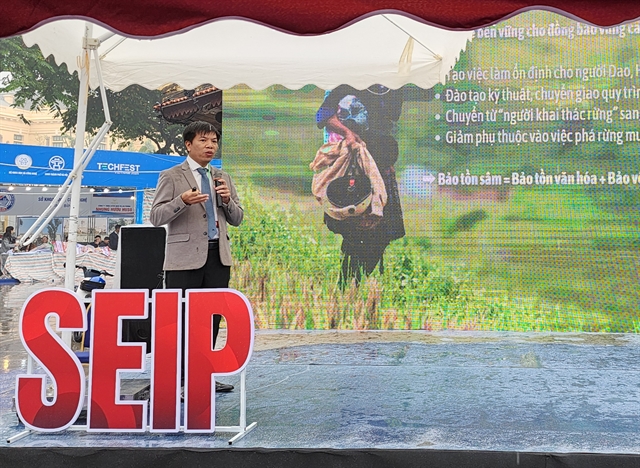 Life & Style
Life & Style

 |
Chùa Đồng (Bronze Temple), a temple in the complex, is situated atop the highest peak of the Yên Tử Mountain and is cast entirely from bronze. — VNA/VNS Photo |
HÀ NỘI – UNESCO has responded to the dossier seeking its recognition of the Yên Tử – Vĩnh Nghiêm – Côn Sơn, Kiếp Bạc Monuments and Landscapes Complex as a world heritage site, according to the Cultural Heritage Department under the Ministry of Culture, Sports and Tourism.
UNESCO said the dossier meets all technical requirements outlined in the World Heritage Convention.
The dossier comprises 2,139 pages of original Vietnamese and their English translations, along with 101 diagrams and maps, 196 architectural drawings, 260 archaeological drawings, and 1,141 photographs, representing the historical, cultural, architectural, intangible, and tangible heritage values; and an overall management plan across the three northern provinces of Quảng Ninh, Hải Dương, and Bắc Giang.
This is the first heritage dossier in Việt Nam within the series of 18 heritage clusters, featuring 32 inter-provincial relic sites with a vast area and complex mountainous terrain.
The complex covers four clusters of special national historical relics, namely Yên Tử historical relic and landscape area, the Trần Dynasty historical relic area, the Western Yên Tử relic and landscape area , and the Côn Sơn - Kiếp Bạc complex.
A large number of relics and landscapes in the Yên Tử – Vĩnh Nghiêm – Côn Sơn, Kiếp Bạc complex have been recognised as provincial or national heritage sites which boast a harmonious combination of natural landscapes and architectural structures with special values.
Besides, the complex holds great historical significance as it is the birthplace of Trúc Lâm - the Vietnamese Zen Buddhism founded by King Monk Trần Nhân Tông (1258 - 1308). It was also associated with the formation and development of the Trần Dynasty (1225 - 1400). — VNS




